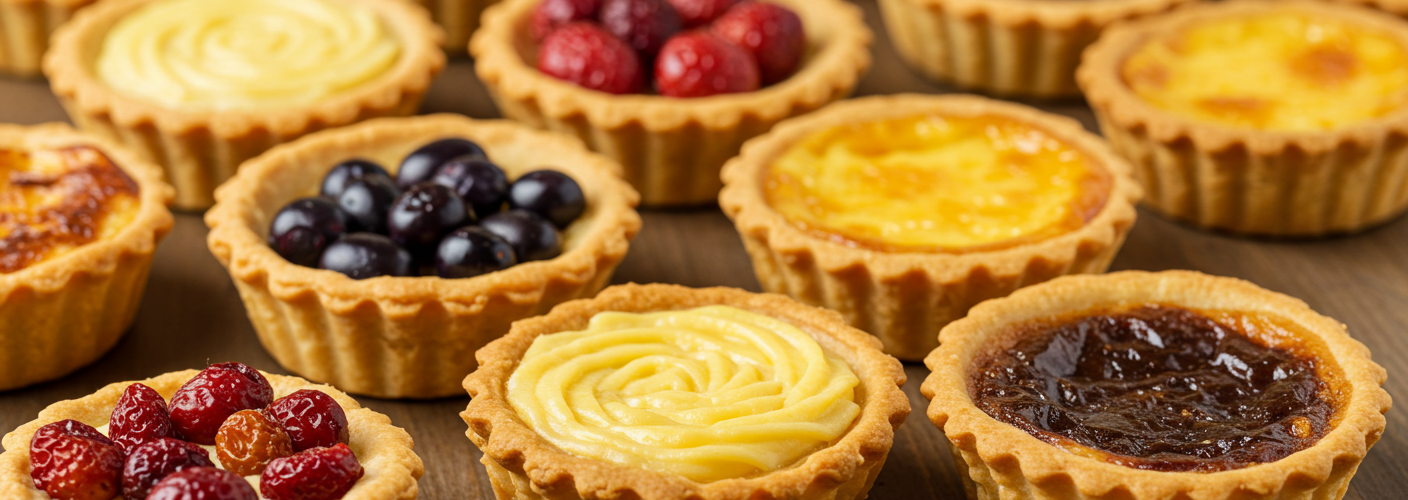Culinary traditions around the world often emphasize the importance of appetizers or small bites that tantalize the taste buds and set the stage for a memorable meal. In Danish cuisine, one delightful offering that has gained popularity beyond its origin is the tarteletter. These charming, crispy puff pastry shells are not just a treat for the palate; they also provide a versatile canvas for various flavorful fillings, making them a favorite for gatherings, parties, and festive occasions.
At first glance, tarteletter are quintessentially elegant. Their golden, flaky texture and delicate shape are sure to catch the eye, while their satisfying crunch is pleasing to the bite. The pastry is traditionally made from a rich dough that incorporates butter, flour, and water, resulting in a melt-in-your-mouth experience that pairs beautifully with diverse fillings. Whether served as hors d’oeuvres or part of a larger meal, tarteletter add a touch of refinement to any dining experience.
One of the most appealing aspects of tarteletter is their versatility. They can be filled with a variety of ingredients, allowing for creativity and personalization to shine. Classic fillings often include savory options such as creamy chicken salad, rich mushroom mixtures, or a medley of seasoned vegetables. These fillings are often finished with a sprinkle of fresh herbs, a dollop of sauce, or even a slice of picked cucumber for an extra touch of flavor and presentation.
Another popular preparation features seafood, transforming tarteletter into a sophisticated seafood experience. Consider a filling of shrimp with a zesty lemon-dill sauce or a medley of smoked salmon paired with cream cheese and capers. These options, rich with umami flavor, can elevate any gathering, making guests feel indulged and appreciated.
For those seeking a vegetarian option, tarteletter can also be stuffed with roasted vegetables and cheese, offering a delightful combination of textures and flavors. Think of a filling that boasts creamy goat cheese, roasted red peppers, and fresh basil, all nestled within the crispy shell—each bite a burst of freshness that excites the palate.
Tarteletter are not only a feast for the mouth but also a treat for the eyes. Their presentation is an art in itself. A simple arrangement on a platter can turn into a colorful display by combining various fillings and garnishes. Diners are often drawn to the visual appeal of these tiny towers of flavor, eagerly anticipating the delightful flavors locked within.
Preparing tarteletter at home may seem daunting, but with simple ingredients and a bit of practice, anyone can master this culinary craft. Start with high-quality puff pastry, which can often be found ready-made in grocery stores, making the process easier and more accessible. Once the pastry is prepared, experiment with flavors and fillings that align with seasonal ingredients and personal tastes.
In conclusion, tarteletter are more than just crispy puff pastry shells; they are a versatile vehicle for creativity and flavor, making them a beloved choice in Danish cuisine and worldwide. Their ability to adapt to sweet or savory fillings means they can suit any occasion, whether it’s a casual family gathering or an elegant dinner party. With their combination of texture, taste, and style, tarteletter have undoubtedly secured a special place in the hearts and minds of food lovers everywhere. So, why not embark on a culinary adventure and create your own tarteletter masterpiece?




Add comment